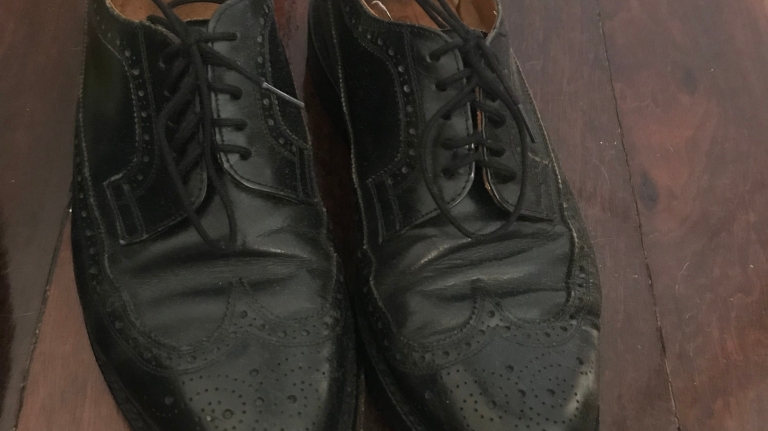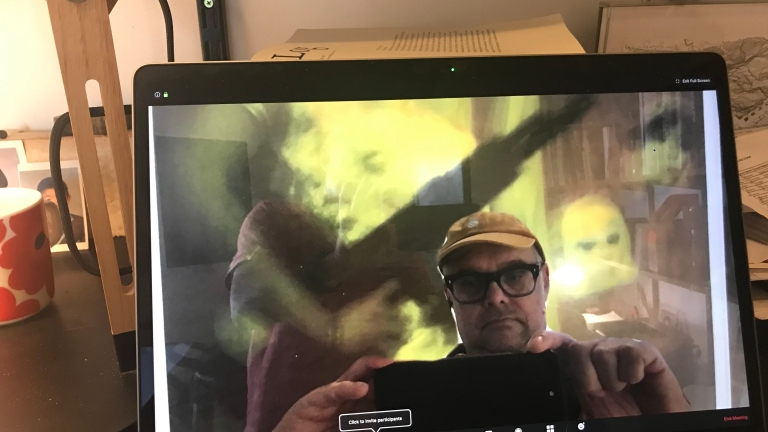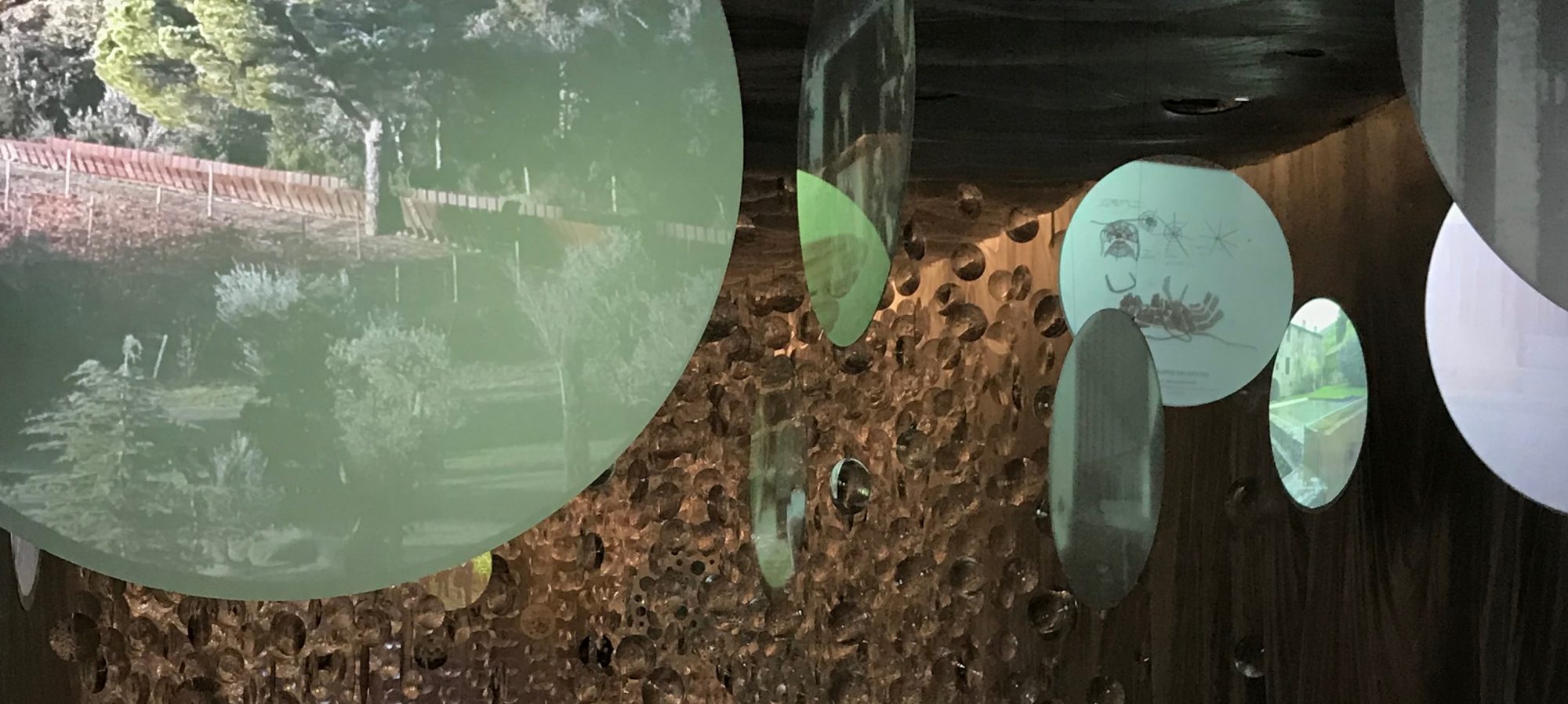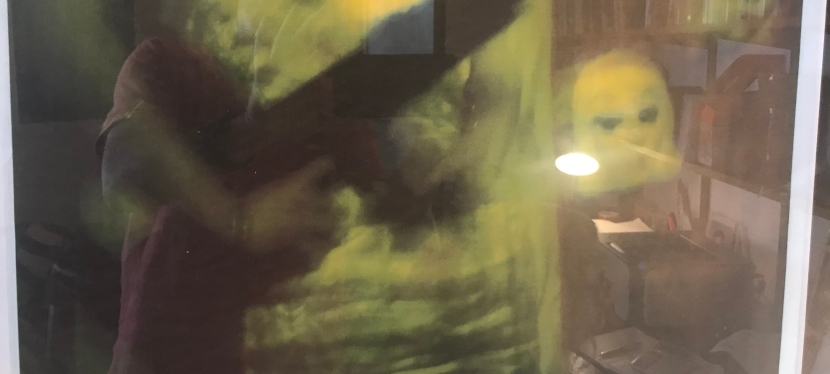Welcome to Zoom-world
So now I have spent the whole week in Zoom-world. I have had so many Zoom back to back meetings and classes it’s been overwhelming. I have seen so many white plaster walls and Ikea supply chained backgrounds. No wonder I dislike all that flat-packing CNC lean construction theory which is aligned with the horrors of Ikea products. Anyway, who wants to shop at Ikea now, and who would want to get their frozen tasteless Lingonberries packs home delivered.
Some people have even been sharing pics of their ugly fish-bowled and caged pets, comfy ugg-boots and fleecy bathrobes. FFS, even Tik Tok has Gucci and Prada and Wolford hashtags. Could you ever trust a middle manager architect who thinks it’s funny to flash their acrylic Ugg-boots in your Zoom screen gaze via their laptop or phone camera.

My Around the house Ugg boots
As architects in Zoom-world should aspire to higher aesthetic ideals. As architects, we really should not succumb to displaying the gross creature comforts of our domestic lives to others in Zoom. At the very least, we need to maintain our unique fashion sensibility. We cannot let technology destroy the old traditional ways of the architecture cult. We must all still wear black, cool streetwear and luxury brands.
What kind of background scene should I have? What shade of black should I wear? Where should I position my laptop? What books that demonstrate my in-the-know and amazingly erudite knowledge and erudition should I prop my laptop up with.
I vaguely remember I had Zoom drinks last Friday and it was great. I got smashed on three Vermouths. Vermouth being my current drink of choice.
I have been able to do quite a few things I wouldn’t usually be able to do. Weekly meetings with the tutors. Zoom Q&A sessions with the students and also popped into a studio or two. It’s so much more efficient to set up a Zoom meeting than meet in person. It was all great.
I love Zoom-world after a week of it. Nonetheless, I think a few more things need to be said about running the post-graduate Zoom-world architecture design studio.
1. Zoom-world space
Excellent design tutors will understand the Zoom studio operates in a different scale to the physical studio. We are not looking form a different distance when we are looking at the zoom screen. I think this affords several opportunities for better interactive feedback and criticism. A pdf file on a screen is different from a pdf seen projected from 3 meters away. Zoom-world potentially allows for greater scrutiny of conceptual frameworks, diagrams, sketches and aesthetic details. It’s much harder to hide things thing’s or present a superficial view in zoom-world.

My kind of studio leaders
2. Be interactive
Zoom-world studios are best interactive any efforts to sue the zoom polls or chat functions or break out rooms are really going to add to the interactive student experience. Arguably, this will help you will engage the “silent” students, who typically say nothing in the physical studio and coax them out of their shells. But you will need to build in breaks and pauses for students to also the questions. You will also need to decide how you handle private messages during the zoom studio meeting studio participants.
If you can record the studio that’s great. This will help you go back and reflect on the ideas and the work presented. Any excellent design tutor will be thinking about each student and where they are at between zoom sessions.
3. Screen view power
But the normal spatiality of the design studio has now been supplanted. In the physical studio, there is usually a spatial hierarchy where critics and students and observers sit in the same space. This has now been transformed to the screen view, which has different view lines and visual trajectories between participants and within individual screens.
While you may be the studio leader, your “authority” and power, if we can call it that, is now translated through the scale of and the gaze of the screens. It is all about communication, and I suspect that hand gestures might work well within this new screen space.

Zoom background tryout
4. Short rather than long and boring
Pecha Kucha’s and short videos from the students should be encouraged. You really want to avoid long monologues. Zoom-world studios will work better in shorter segments. This doesn’t mean, as the design tutor, you are prevented from thinking about things reflectively because of shortened time frames.
I am thinking it means your teaching will be more effective if you think about your student’s work and its development as design over a series of shorter time frames. I am not sure about spending 15 to 30 minutes on a student’s work once a week is going to work in the zoom-world studio. Structuring your program a series of many smaller design tasks might be one way to go.
5. Prepping
I would also encourage your students to prepare and submit their work before the studio session. That way, you can look at it quickly beforehand. Asynchronous learning is vital in a design studio. But as a design tutor, you will need to provide materials that engage the student in this process, and you will need to check-in and make sure the students are involved with the material. Building a shared repository of resources is a good idea. As well as creating a forum for sharing online design practices.

My laptop book supports
6. Studio tools
Utilising the page seriality of pdfs may also be a useful and straightforward way to help students to develop good habits of design iteration. The comment function in Adobe is probably something I would use. I am told that Adobe captivate is good.
Short youtube clips will work well to illustrate things if you share your screen.
7. Watch that gaze
Some people in the Zoom-studio will select a different view on their laptop. As a studio leader, you probably need to be wary of where your own screen view or gaze falls. This consideration is essential, especially if zoom is recording the session of your own laptop screen. (although I need to check and see how it does this).
9. Camera etiquette
I think as a Design Studio leader I would insist that everyone be on camera and not hide their camera (unless they have really crap bandwidth). Probably okay to have people turn their audio off but maybe you want to encourage engagement with the central focus of the studio at any given time.

Zoom background and costume test.
10. Zoom studio as performance space
I can’t stress this enough; the studio needs to be interactive. If you have fallen into the traps of spending your previous studios doing “research” for weeks, focusing on over every tiny abstract gesture, and berating students over issues of functional pragmatism, then a boring studio is going to be even more annoying in Zoom-world.
Finally
My intro banter above points to the fact that the Zoom studio is just as much a performance space as a traditional design studio, and this engenders a different kind of spatial performance. You can’t wear your fleecy beige bathrobe or Acrylic South Park tie to the studio. Hence, you need to think about the production values of the zoom studio: backgrounds lighting, camera positioning and sound. Do you have stylish headphones, do you even use them?
Online educators often talk about so-called “blended learning” and then wax lyrical about the necessary IT infrastructures and tools to support that learning doesn’t necessarily mean the studio outcomes will be okay. All very well, but don’t be deceived by those wishing to make the architectural learning into a commodified product. Doing a design studio in Zoom-world is not akin to doing a BIM model. Excellent design teachers will have an in-depth understanding of both design and the available range of teaching technologies and tools. Not just one of these things or the other.
So yes, I am thinking shit studios in graduate architecture schools will be more shit in Zoom and dickhead tutors will still be more dickheaddy in Zoom.
Oh and, as you self-isolate, don’t let your standards of architectural fashion and decorum drop.

